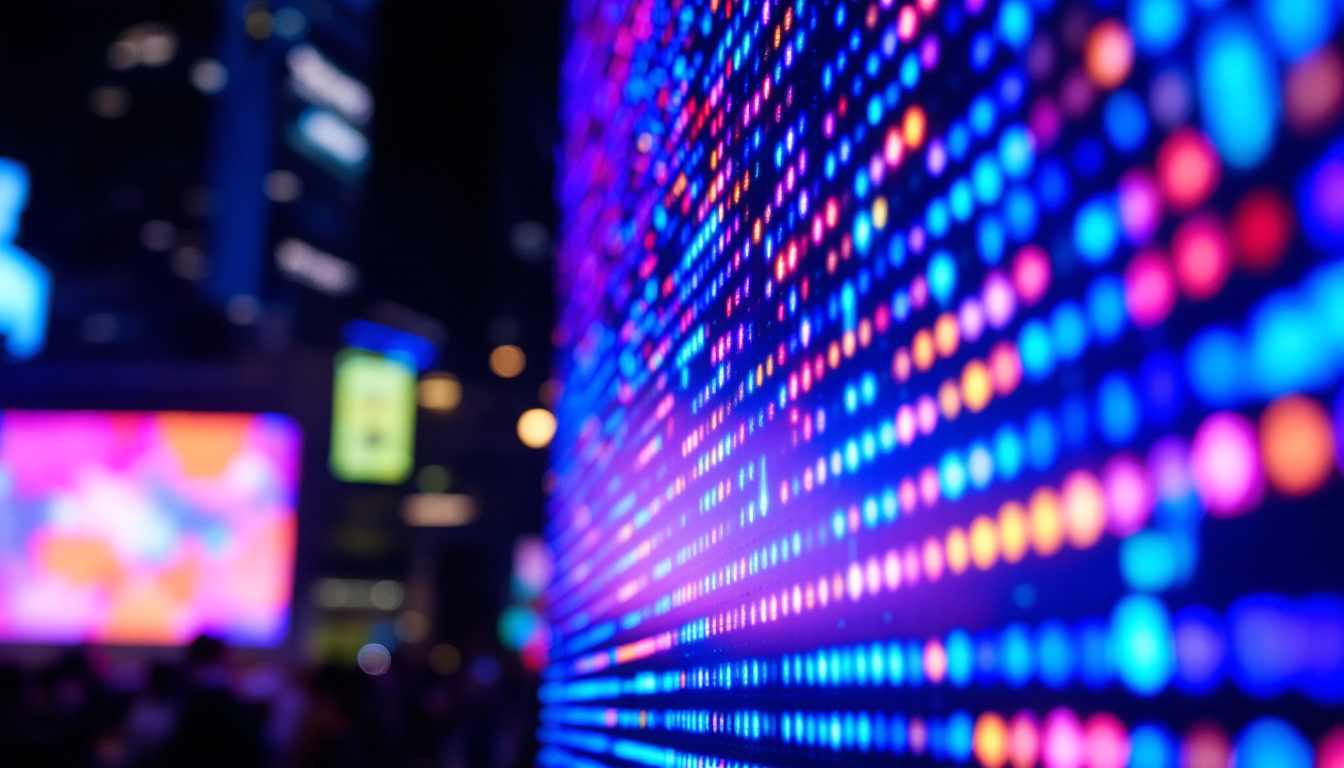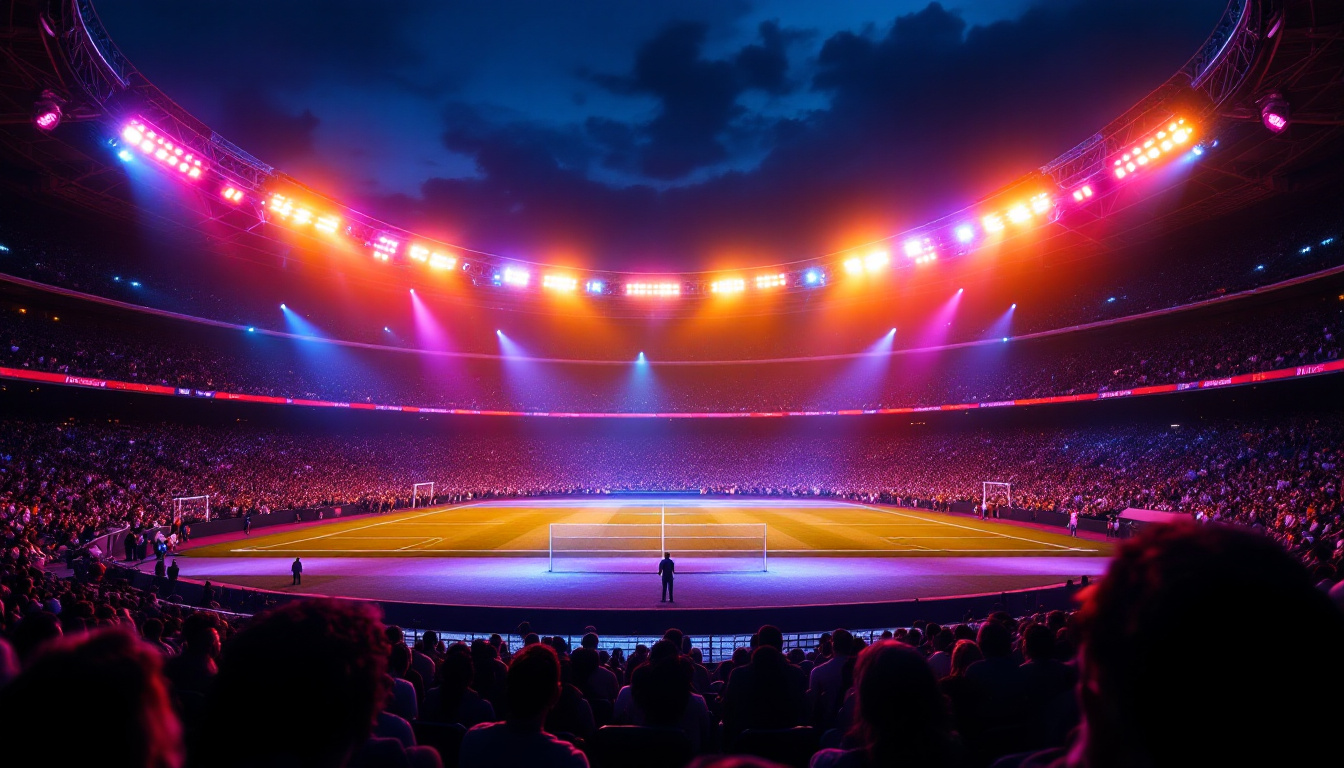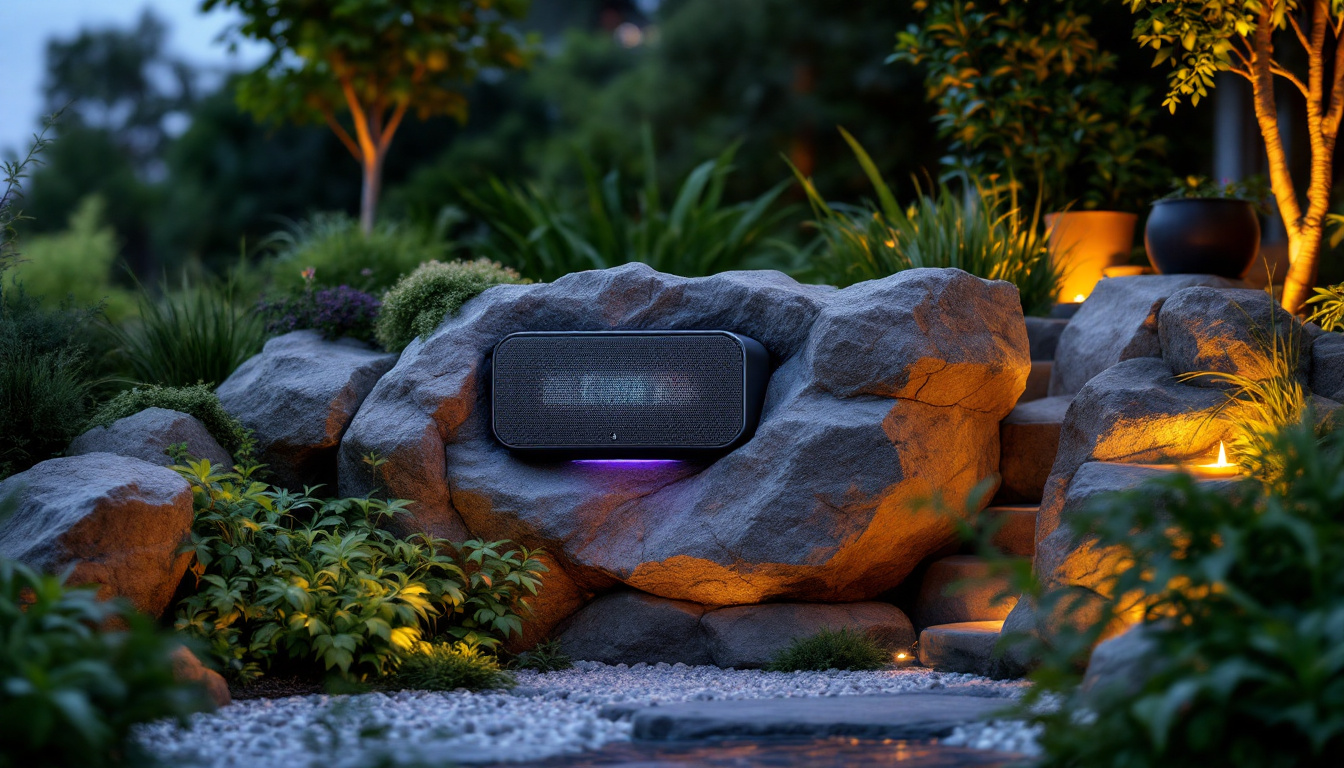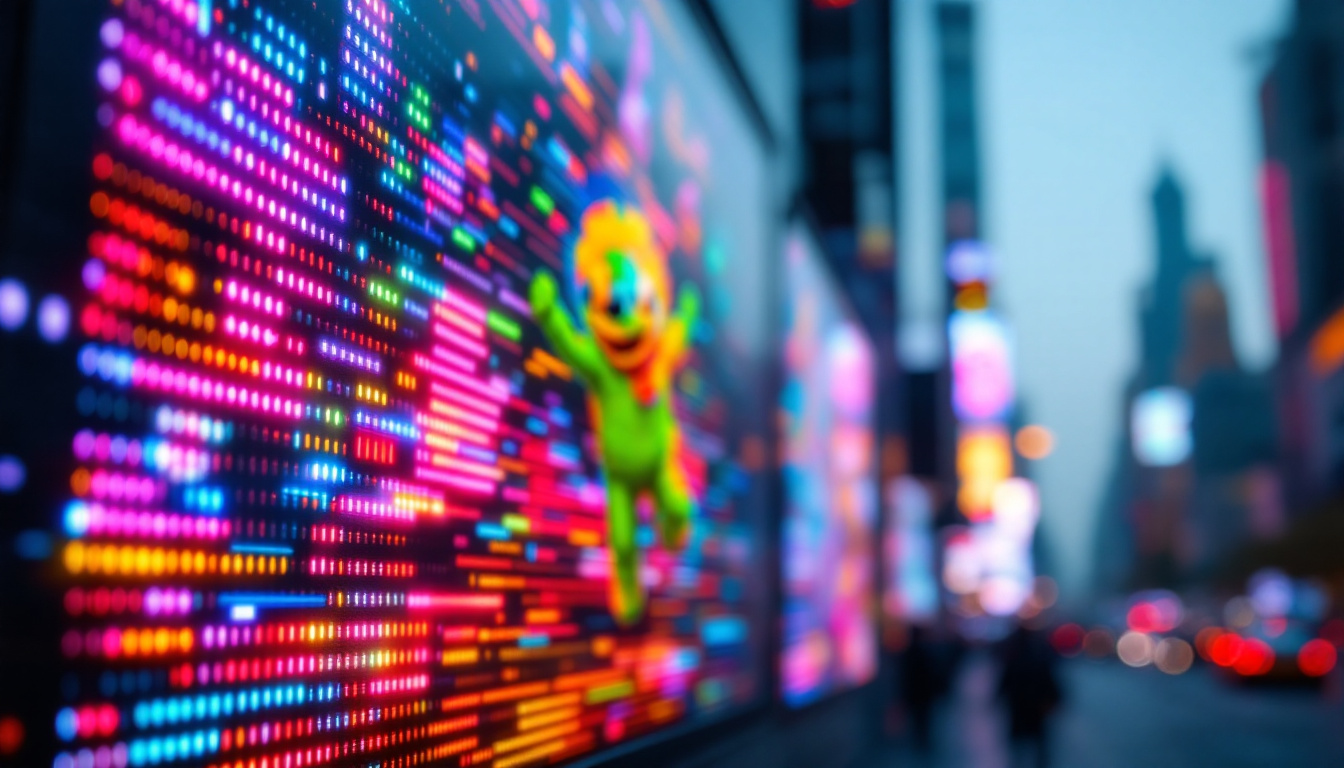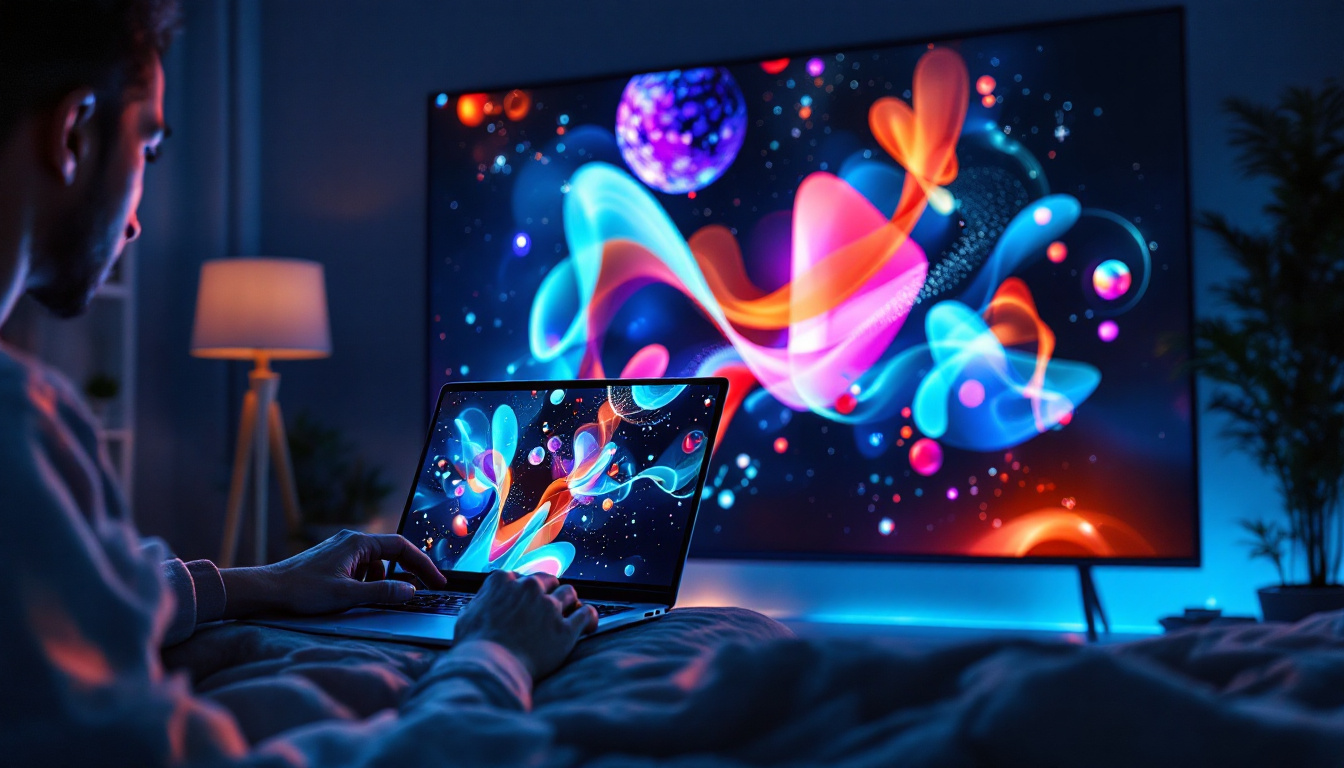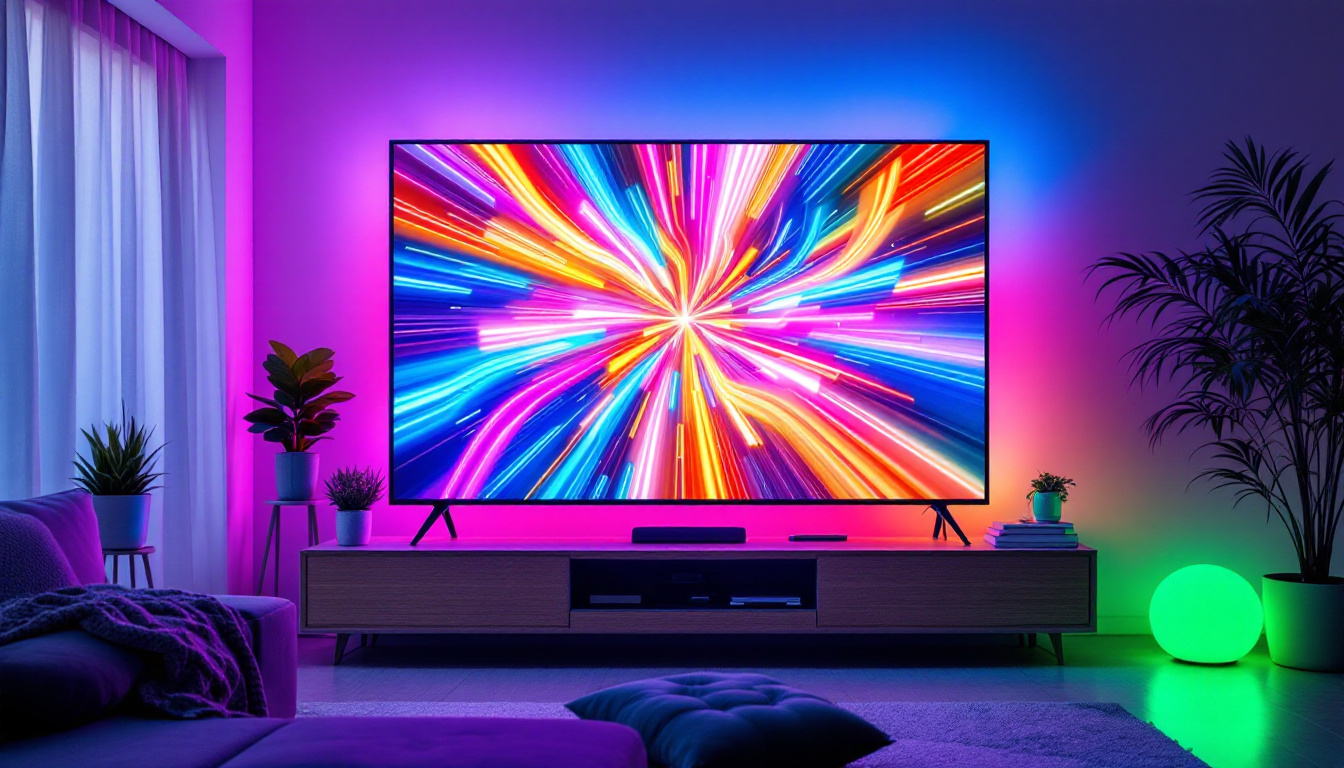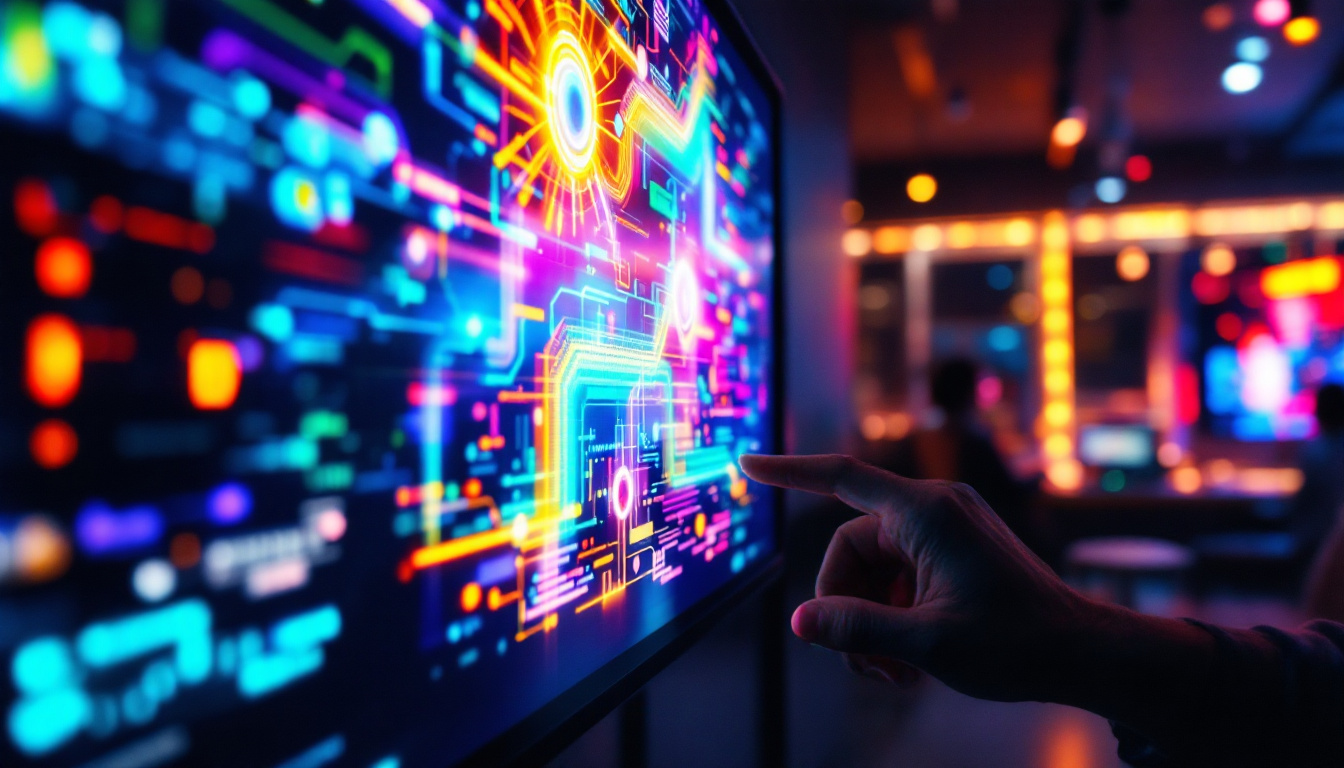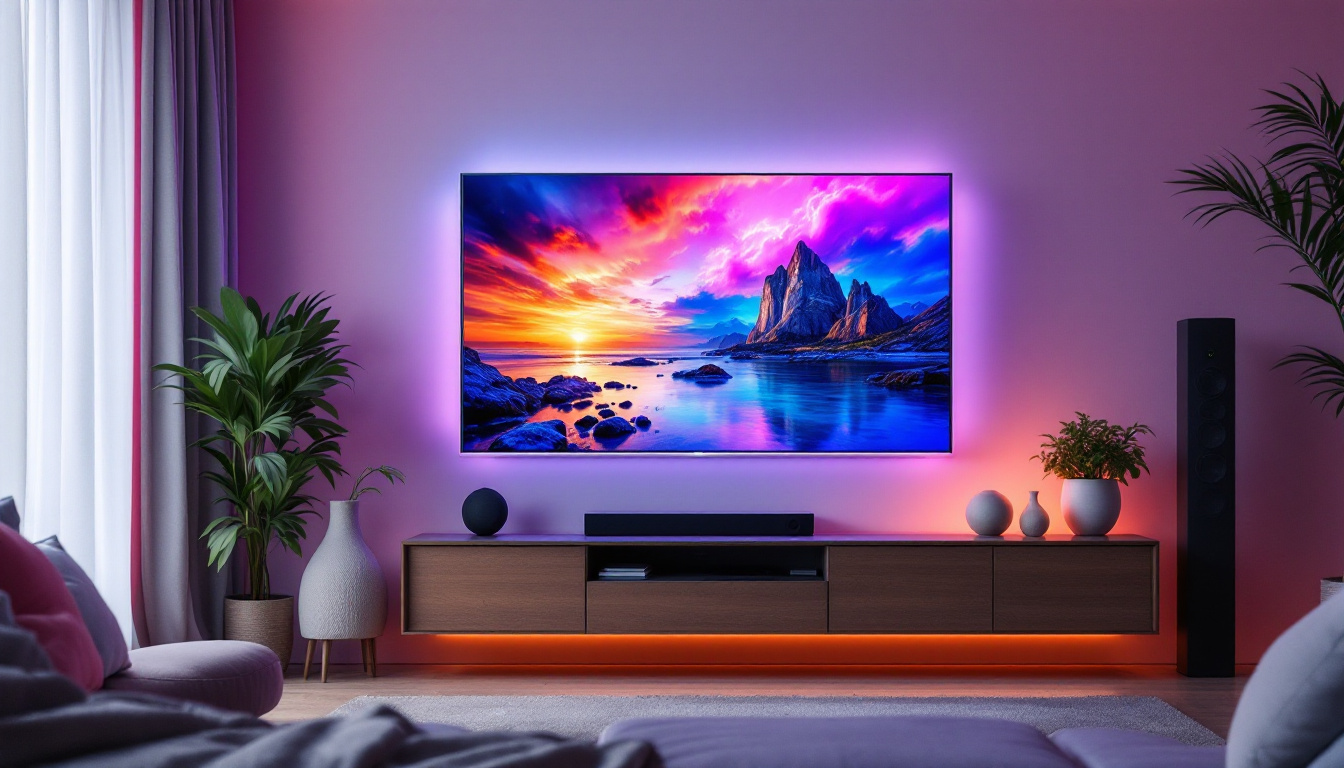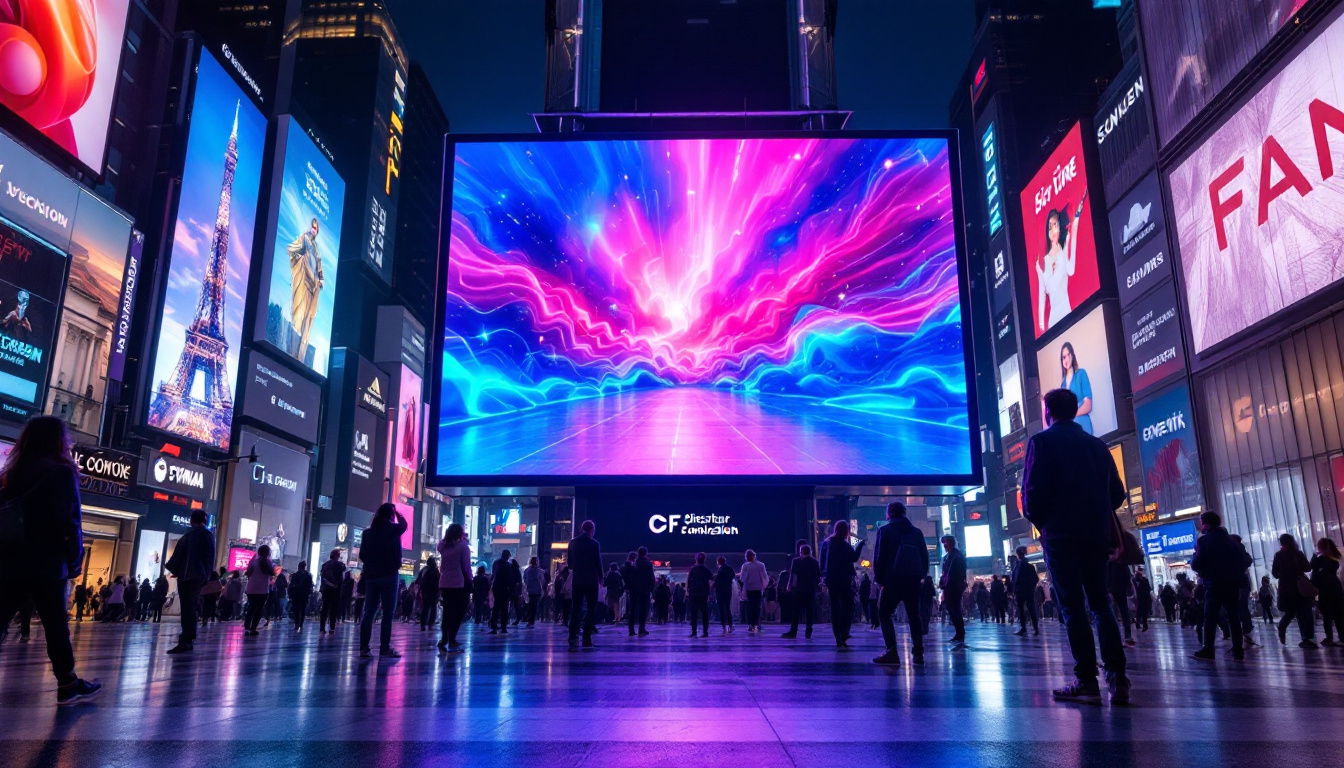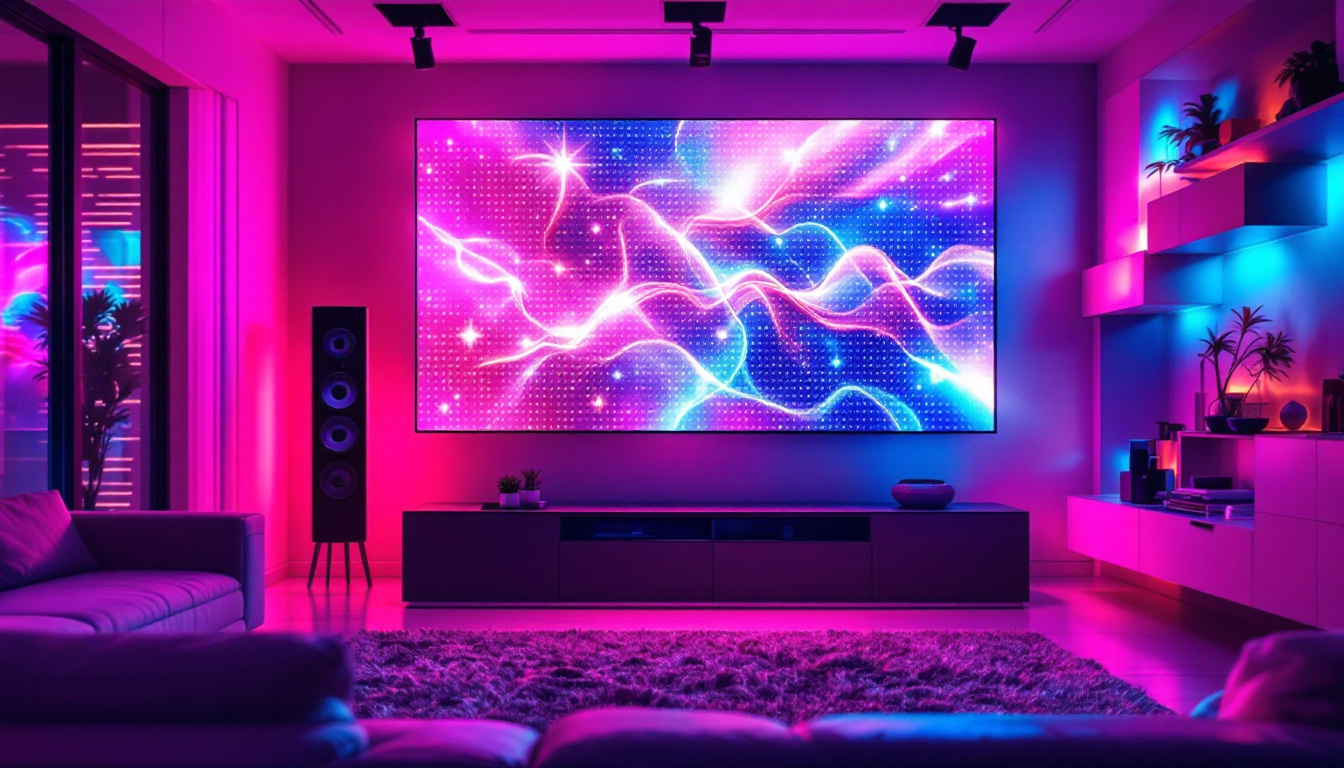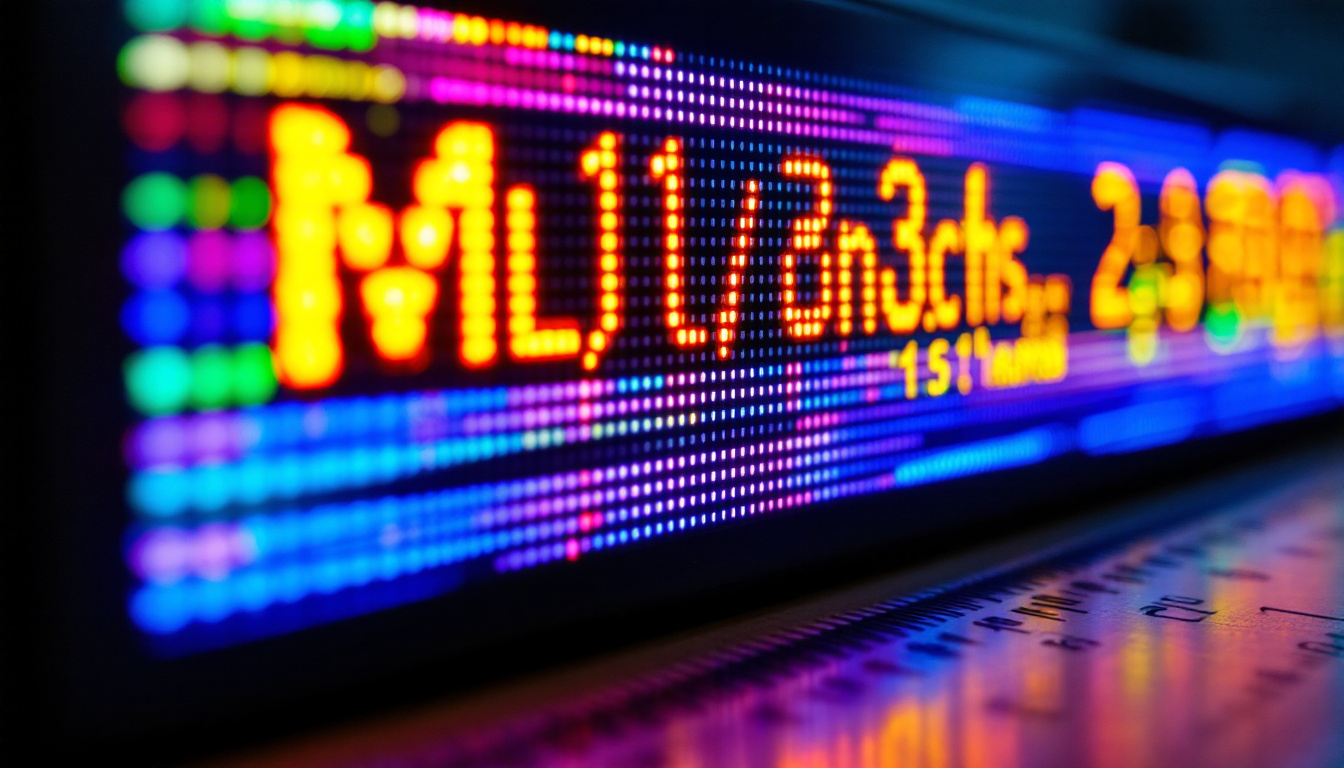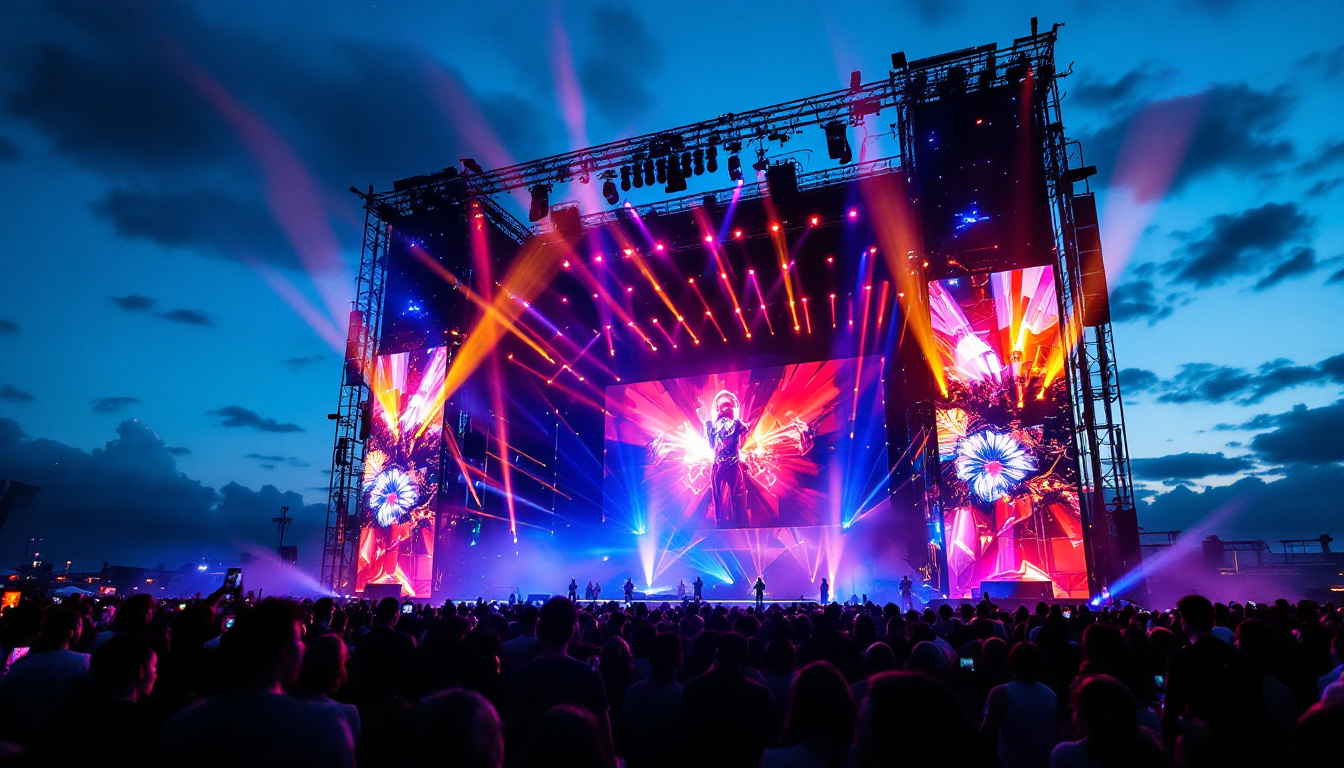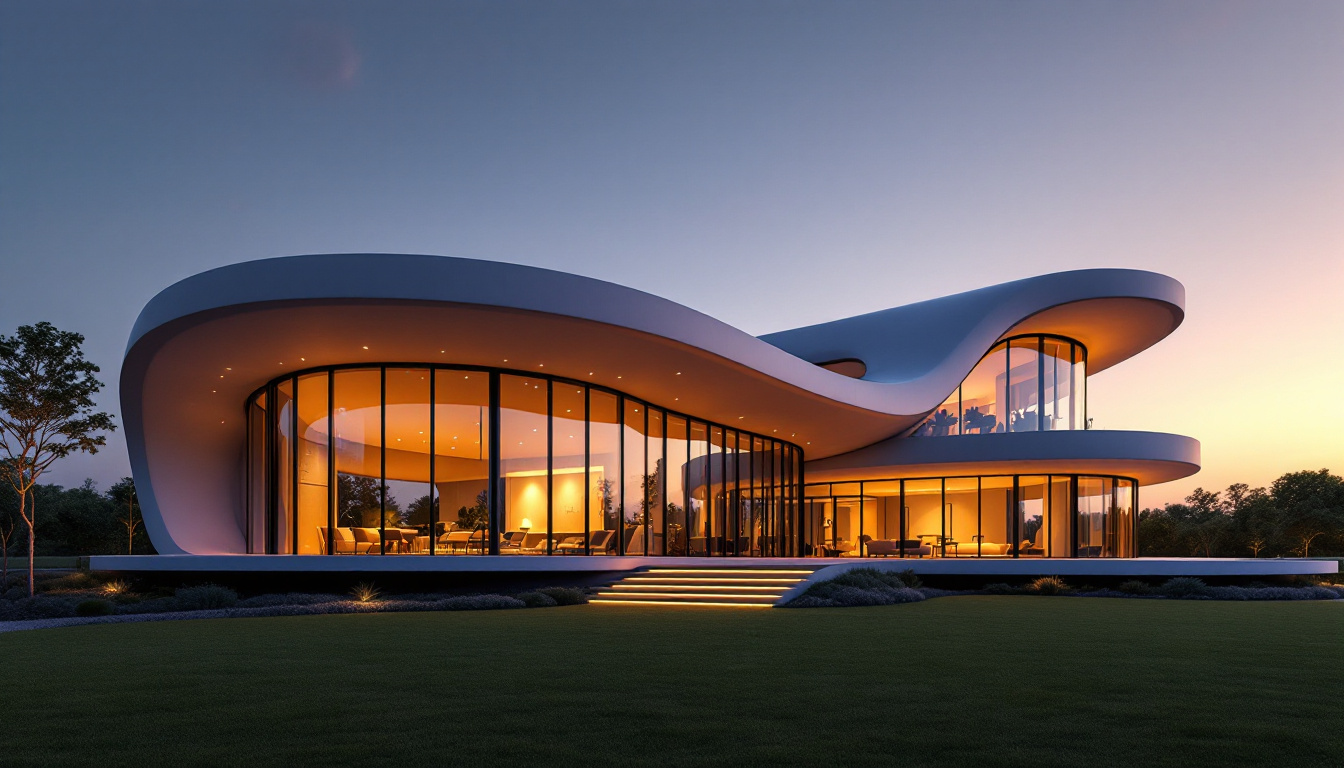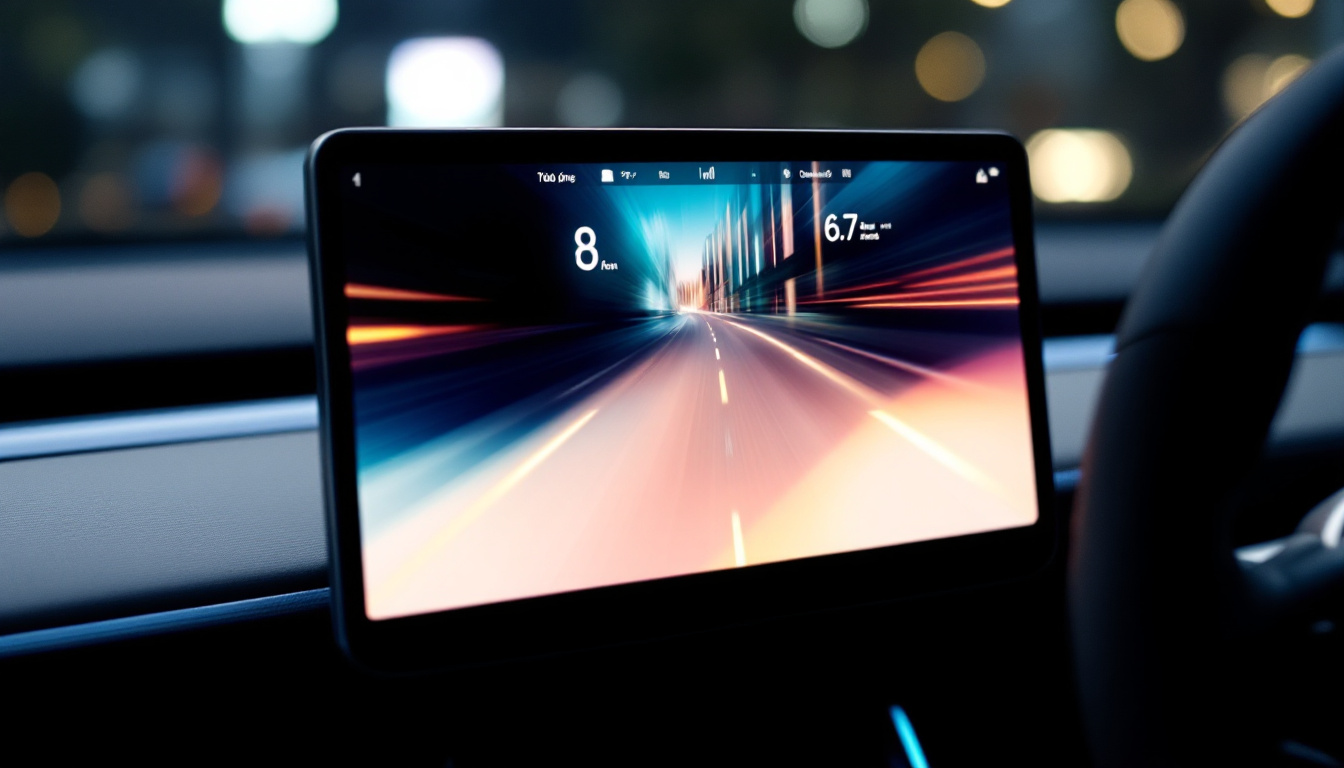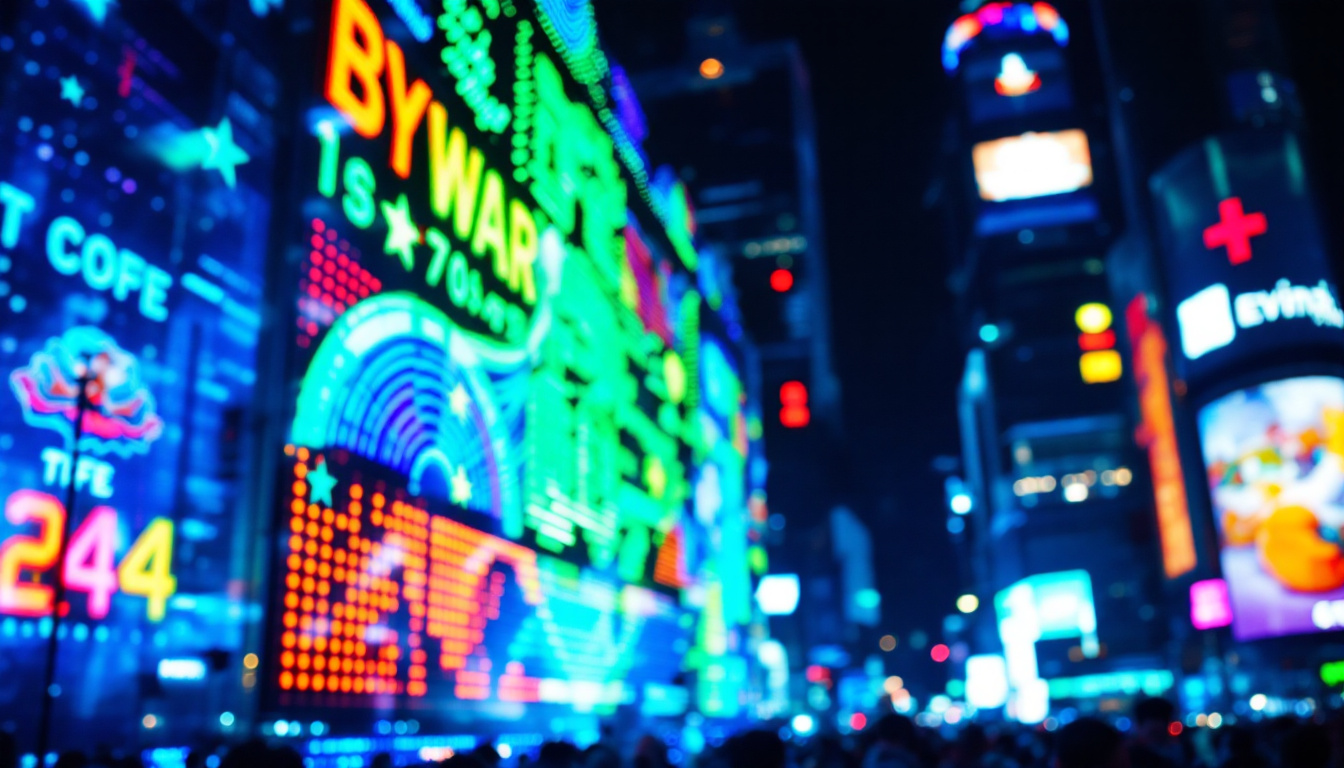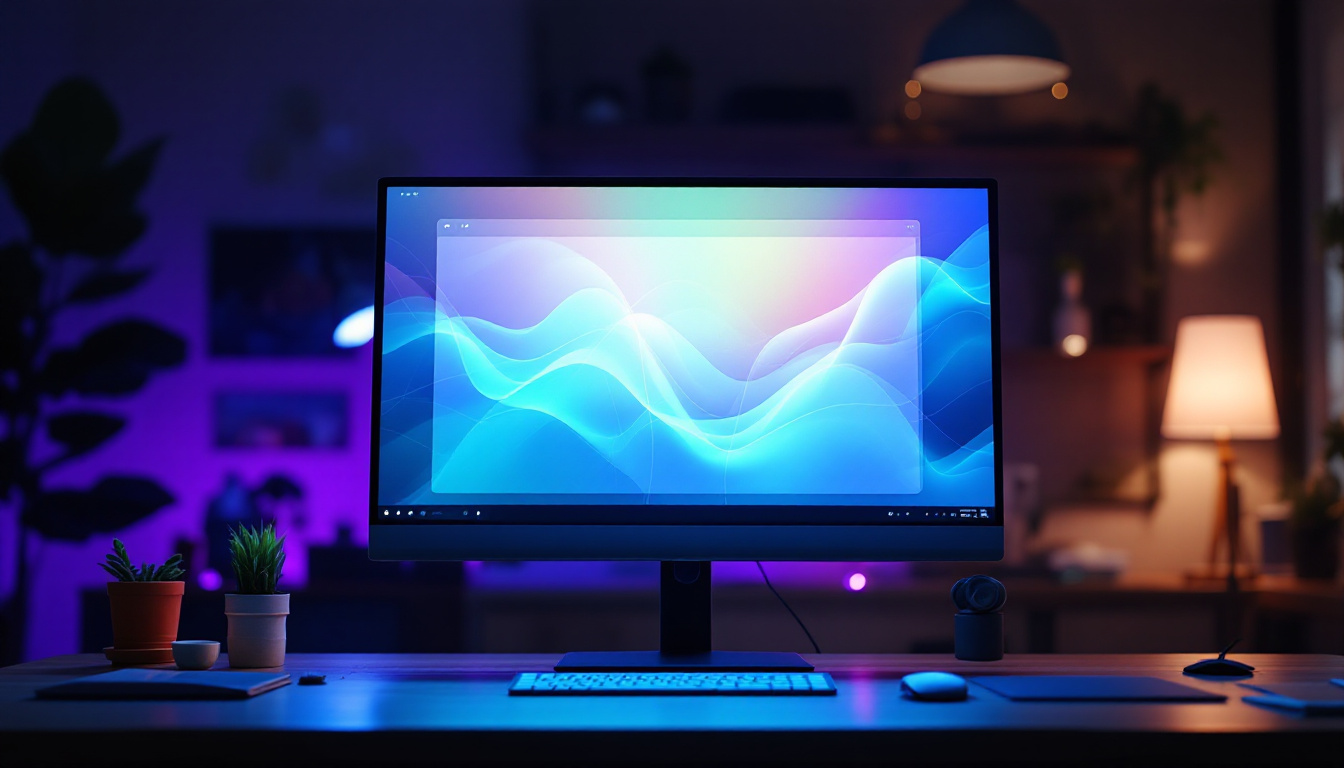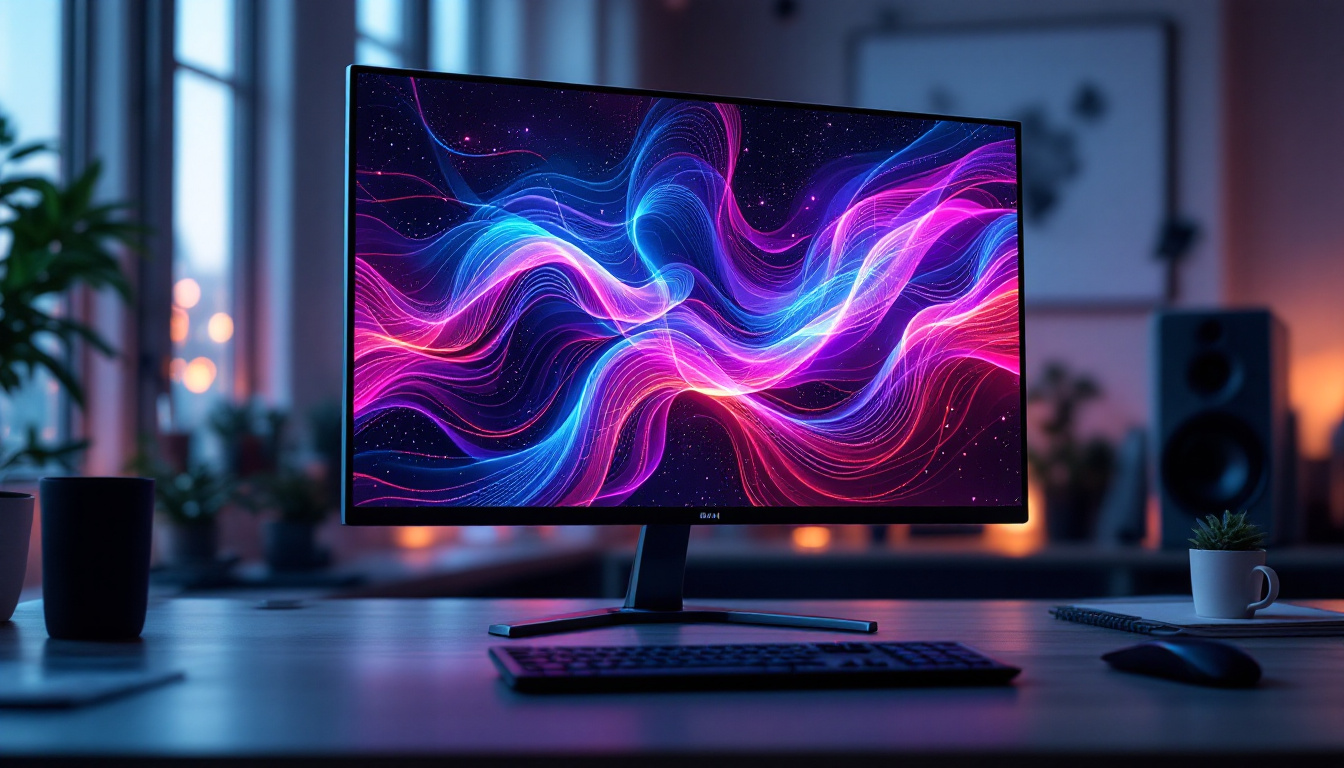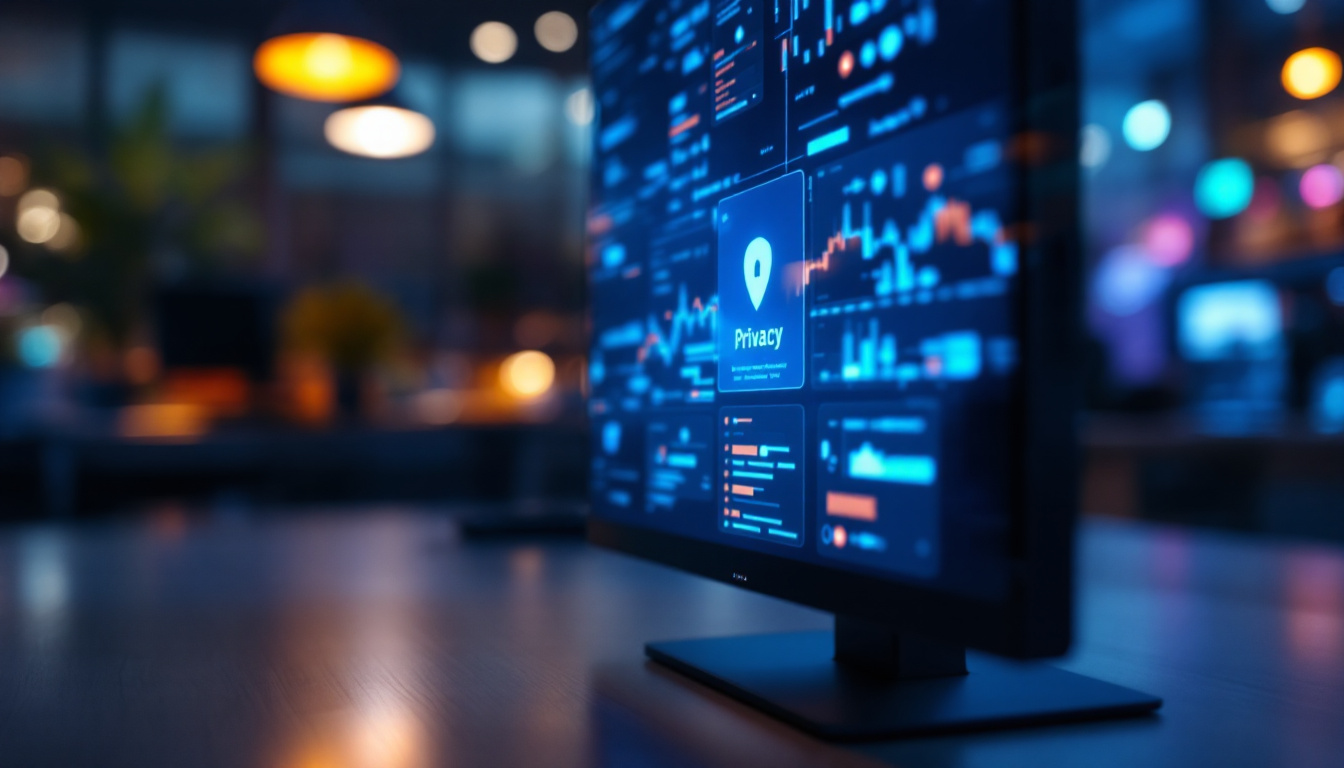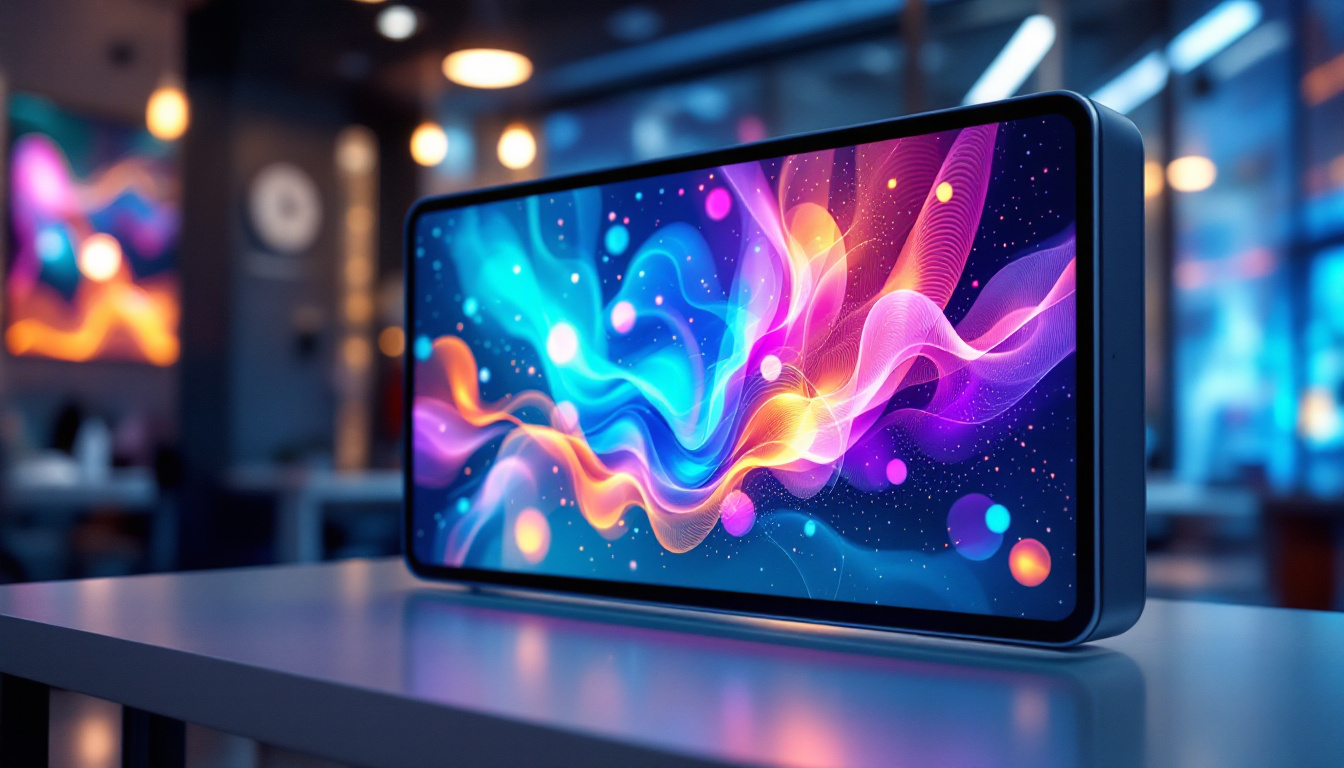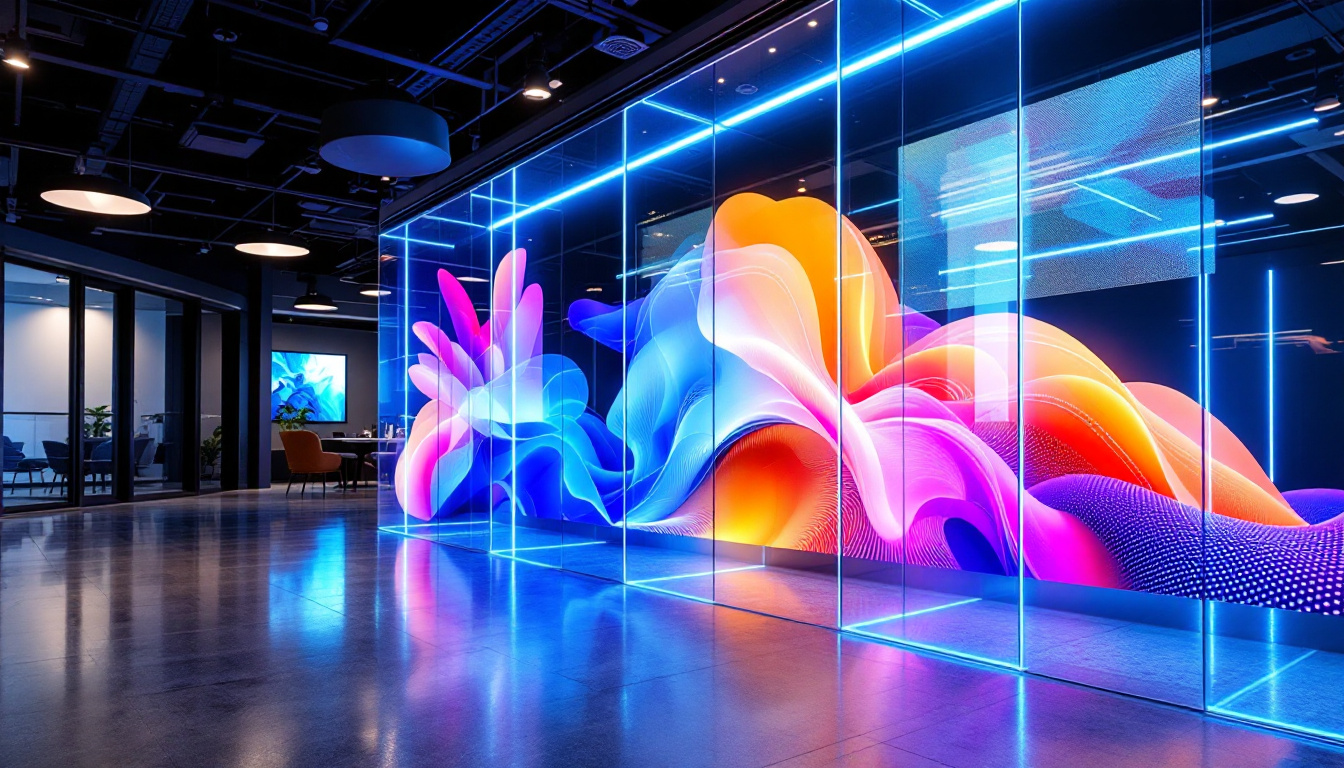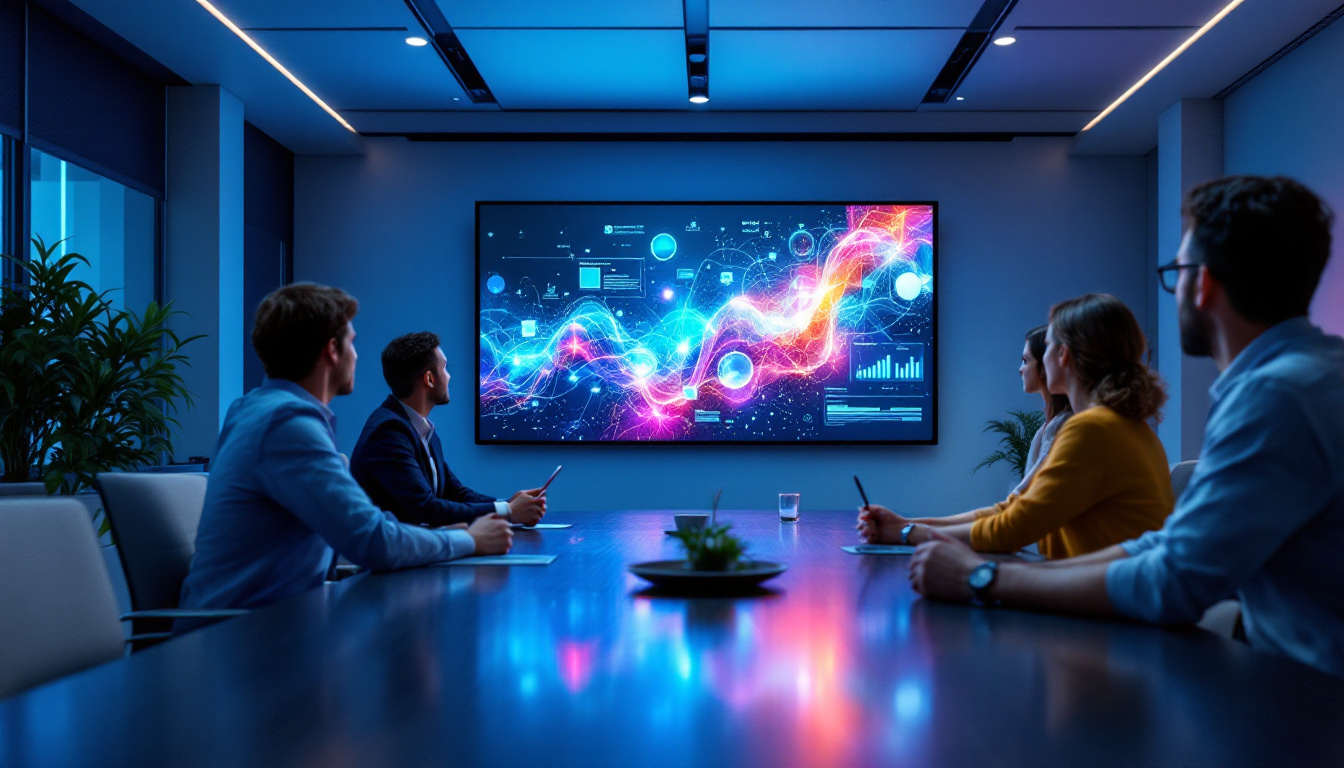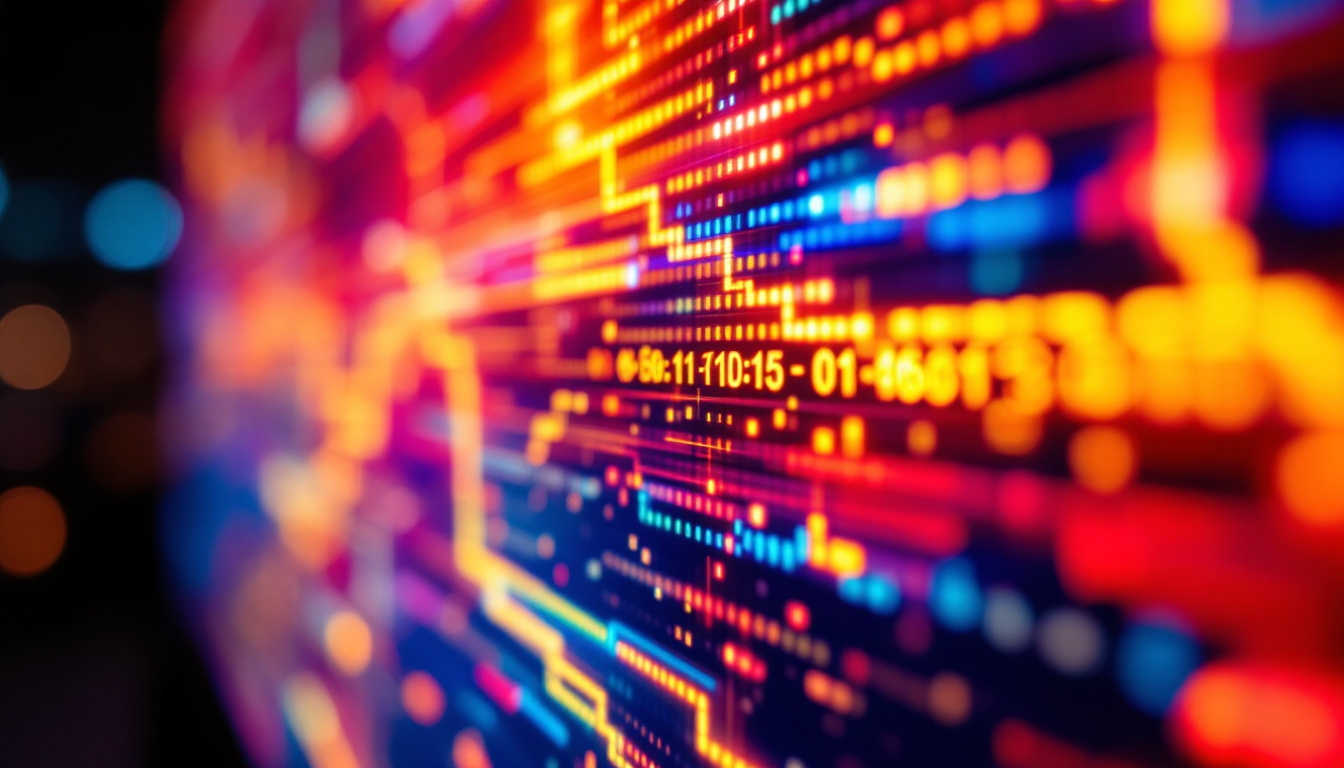In today’s fast-paced digital world, the demand for efficient and visually appealing display solutions has never been higher. One technology that has gained significant traction is the LED display. From advertising billboards to indoor screens in shopping malls, LED displays are everywhere. This article delves into the intricacies of LED displays, exploring their technology, applications, and advantages.
Understanding LED Technology
LED, or Light Emitting Diode, is a semiconductor device that emits light when an electric current passes through it. Unlike traditional incandescent bulbs, which produce light through heat, LEDs are much more efficient and versatile. The technology behind LED displays has evolved rapidly, leading to a range of applications across various industries. From residential lighting to commercial displays, the adoption of LED technology has transformed how we illuminate our spaces and convey information visually.
How LEDs Work
The fundamental principle behind LED technology lies in electroluminescence. When electrons move through a semiconductor material, they release energy in the form of photons, which we perceive as light. This process is highly efficient, resulting in lower energy consumption compared to conventional lighting solutions. Additionally, LEDs can be designed to emit different colors depending on the materials used in their construction. This color versatility allows for a wide range of applications, from mood lighting in homes to vibrant displays in advertising.
LED displays are constructed using multiple individual LED units, which can be arranged in various configurations to create larger screens. The arrangement and color of these units can be tailored to meet specific display needs, making LEDs incredibly versatile. Furthermore, the compact size of LEDs enables the creation of thinner and lighter displays, which is particularly advantageous in modern design where space and aesthetics are crucial.
Types of LED Displays
LED displays can be categorized into several types based on their technology and application. The most common types include:
- Direct View LED Displays: These displays consist of individual LEDs that are directly visible to the viewer. They are often used in large outdoor screens, such as billboards and sports arenas. Their high brightness and ability to be viewed in direct sunlight make them ideal for outdoor advertising and events.
- LED Backlit Displays: Commonly found in televisions and computer monitors, these displays use LEDs to illuminate an LCD panel from behind, enhancing brightness and color accuracy. The use of LED backlighting has significantly improved the viewing experience, providing deeper blacks and more vibrant colors compared to traditional CCFL backlit displays.
- Organic LED (OLED) Displays: A more advanced form of LED technology, OLED displays utilize organic compounds to emit light. They offer superior color reproduction and contrast ratios compared to traditional LEDs. This technology allows for flexible display designs and has paved the way for innovations such as curved screens and ultra-thin panels.
In addition to these types, there are also specialized LED displays designed for specific applications. For instance, transparent LED displays are gaining popularity in retail environments, allowing for eye-catching advertising while maintaining visibility through the glass. Moreover, LED technology is being integrated into smart devices, enabling dynamic content that can change based on user interaction or environmental conditions. This adaptability not only enhances user engagement but also opens up new avenues for creative expression in digital signage.
Applications of LED Displays
The versatility of LED displays has led to their adoption across various sectors. Their applications range from advertising to information dissemination and entertainment. Here are some notable examples:
Advertising and Marketing
One of the most prominent uses of LED displays is in advertising. Businesses leverage eye-catching LED billboards and screens to capture the attention of potential customers. The ability to display dynamic content, such as videos and animations, sets LED advertising apart from traditional static billboards.
Moreover, LED displays can be programmed to change content based on time of day, audience demographics, or even weather conditions, allowing for targeted marketing strategies that can significantly enhance engagement.
Entertainment and Events
In the entertainment industry, LED displays play a critical role in enhancing the audience experience. Concerts, festivals, and sporting events frequently utilize large LED screens to display live feeds, graphics, and promotional content. The high brightness and vivid colors of LED displays ensure that visuals remain clear and engaging, even in outdoor settings.
Additionally, LED technology is instrumental in stage design, where it can be used to create immersive environments through dynamic lighting and visuals. This capability has transformed live performances, making them more visually captivating.
Information and Wayfinding
LED displays are also widely used for information dissemination in public spaces. Airports, train stations, and shopping malls often feature LED screens that provide real-time updates on schedules, directions, and promotions. Their bright and clear display ensures that information is easily readable from a distance, enhancing the overall user experience.
Advantages of LED Displays
The growing popularity of LED displays can be attributed to several advantages they offer over traditional display technologies. Understanding these benefits can help businesses and organizations make informed decisions when considering display solutions.
Energy Efficiency
One of the most significant advantages of LED displays is their energy efficiency. LEDs consume significantly less power than traditional lighting solutions, which translates to lower operational costs. This efficiency is particularly beneficial for large-scale displays that operate for extended periods, such as outdoor billboards.
Furthermore, the reduced energy consumption contributes to a smaller carbon footprint, making LED displays an environmentally friendly choice. As sustainability becomes increasingly important for businesses, this aspect of LED technology cannot be overlooked.
Longevity and Durability
LED displays are known for their longevity, often lasting tens of thousands of hours before requiring replacement. This durability is due to the solid-state construction of LEDs, which makes them resistant to shock and vibration. Unlike traditional bulbs that can easily break, LEDs are designed to withstand harsh conditions, making them ideal for outdoor applications.
The long lifespan of LED displays also means lower maintenance costs over time. Businesses can save on replacement and repair expenses, further enhancing the overall cost-effectiveness of LED technology.
High-Quality Visuals
LED displays are renowned for their exceptional visual quality. They offer high brightness levels, vibrant colors, and excellent contrast ratios, ensuring that content is displayed clearly and attractively. This quality is particularly important in environments with varying lighting conditions, where traditional displays may struggle to maintain visibility.
Additionally, the ability to create high-resolution displays allows for detailed images and videos, making LED technology suitable for a wide range of applications, from advertising to artistic installations.
Challenges and Considerations
While LED displays offer numerous advantages, there are also challenges and considerations that potential users should be aware of. Understanding these factors can help organizations make informed decisions regarding their display solutions.
Initial Costs
One of the primary challenges associated with LED displays is the initial investment. The upfront costs of purchasing and installing LED technology can be significantly higher than traditional display options. However, it is essential to consider the long-term savings associated with energy efficiency and reduced maintenance costs.
Organizations should conduct a thorough cost-benefit analysis to determine whether the initial investment aligns with their budget and long-term goals. In many cases, the advantages of LED displays outweigh the initial costs, making them a worthwhile investment.
Heat Management
LED displays generate heat during operation, which can impact their performance and longevity if not managed properly. Effective heat dissipation is crucial to ensure that the LEDs operate within their optimal temperature range. This consideration is particularly important for large displays, where heat buildup can be more pronounced.
To address this challenge, manufacturers often incorporate cooling systems or design features that facilitate heat dissipation. Organizations should ensure that their LED displays are installed in environments that allow for adequate airflow to prevent overheating.
Future Trends in LED Display Technology
The LED display industry is continually evolving, with advancements in technology paving the way for exciting new possibilities. As the demand for innovative display solutions grows, several trends are emerging that are likely to shape the future of LED technology.
Higher Resolution Displays
As consumer expectations for visual quality continue to rise, the demand for higher resolution LED displays is increasing. Manufacturers are responding by developing displays with smaller pixel pitches, allowing for more detailed and sharper images. This trend is particularly relevant in applications such as digital signage, where clarity and detail are paramount.
Higher resolution displays will enable businesses to create more immersive experiences, whether in advertising, entertainment, or information dissemination. As technology advances, the cost of these high-resolution displays is expected to decrease, making them more accessible to a broader range of users.
Integration with Smart Technology
Another significant trend in the LED display industry is the integration of smart technology. As the Internet of Things (IoT) continues to expand, LED displays are being equipped with advanced connectivity features that enable real-time data updates and remote management.
This integration allows businesses to monitor display performance, adjust content dynamically, and analyze viewer engagement. Such capabilities enhance the effectiveness of advertising campaigns and improve operational efficiency, making LED displays an even more valuable asset for organizations.
Eco-Friendly Innovations
As sustainability becomes a priority for many businesses, the LED display industry is focusing on eco-friendly innovations. Manufacturers are exploring ways to reduce the environmental impact of production processes and improve the recyclability of LED components.
These efforts align with the growing consumer demand for sustainable products and practices. As eco-friendly innovations continue to emerge, LED displays will likely become an even more attractive option for environmentally conscious organizations.
Conclusion
LED displays have revolutionized the way information is presented and consumed across various industries. Their energy efficiency, durability, and high-quality visuals make them a preferred choice for businesses looking to enhance their communication strategies. While there are challenges associated with initial costs and heat management, the long-term benefits often outweigh these considerations.
As technology continues to advance, the future of LED displays looks promising, with trends such as higher resolution displays, smart technology integration, and eco-friendly innovations set to shape the industry. Organizations that embrace LED technology will not only improve their visual communication but also position themselves as forward-thinking leaders in their respective fields.
Discover the Future of Visual Communication with LumenMatrix
Ready to elevate your visual communication and captivate your audience with unparalleled clarity and impact? Explore LumenMatrix’s innovative LED display solutions, where cutting-edge technology meets creative design. From Indoor and Outdoor LED Wall Displays to specialized options like Vehicle, Sports, and Floor LED Displays, LumenMatrix offers a wide array of products to suit your unique needs. Embrace the future with Custom, All-in-One, and LED Transparent Displays that promise to revolutionize your brand’s visibility. Don’t miss out on the opportunity to transform your space with LumenMatrix’s state-of-the-art LED modules. Check out LumenMatrix LED Display Solutions today and join the forefront of digital signage innovation.

